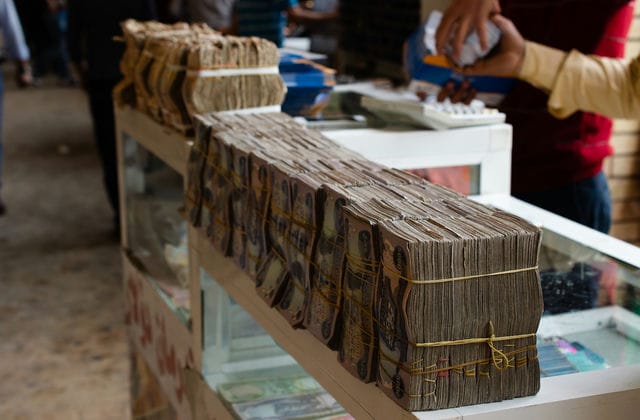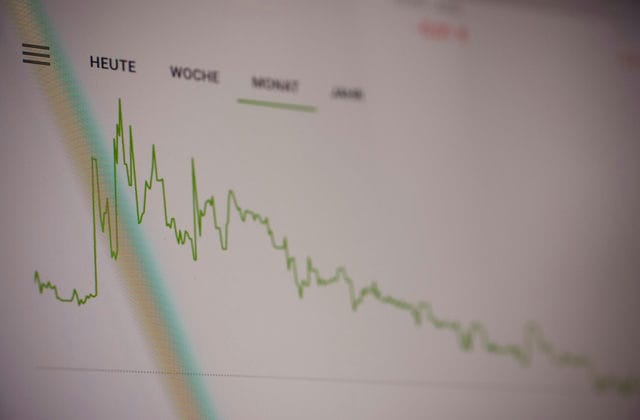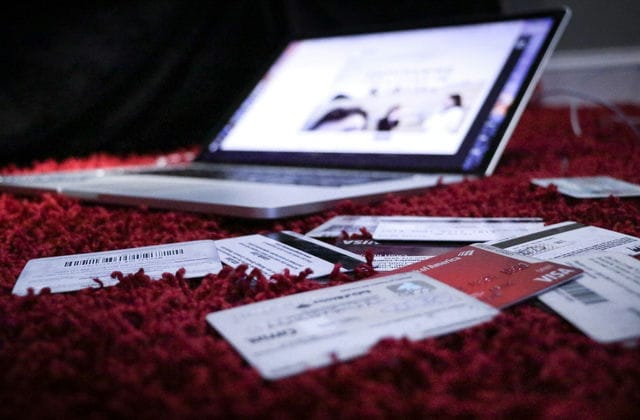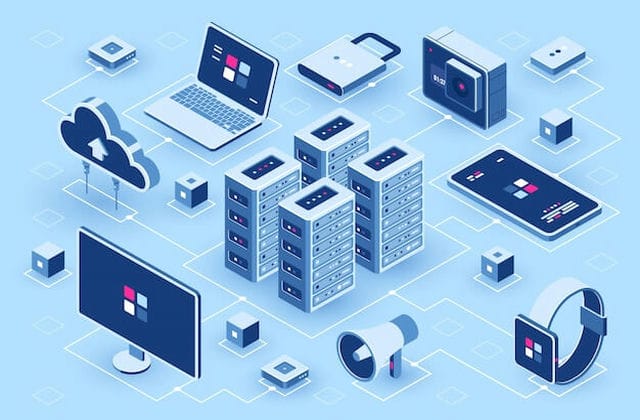One of the most overwhelming and confusing aspects for newcomers to the world of cryptocurrency is the blockchain. Blockchain technology is what powers and supports digital currencies in space, and many analysts believe it contains many viable applications and uses beyond cryptocurrencies. You may have heard that financial institutions and even mainstream companies around the world are beginning to explore ways to incorporate blockchain technology into traditional practices. Beyond that, it can be a bit of a mystery as to what blockchain is and how it works. Below, we'll explore the ins and outs of blockchain, outlining the technology, how it can play a role in cryptocurrencies and other potential applications, and why it may be one of the most revolutionary inventions since the internet.

The three main components of blockchain
Blockchain can actually be thought of as a combination of several different existing technologies. While these technologies are not new in themselves, it is the way they are combined and applied that brings about the blockchain. According to CoinDesk, the three component technologies are
1, Private key encryption
2, A distributed network, which includes a shared ledger
3, A method of computing transactions and records associated with the network
To illustrate the technique of private encryption keys, it is necessary to imagine two individuals who wish to conduct transactions online. Each of these individuals possesses two keys: one of them is a private key and the other is a public key. By combining the public and private keys, this aspect of cryptography allows the individuals to generate a secure digital identity reference point. This secure identity is a key component of blockchain technology. Together, the public and private keys generate a digital signature, which is a useful tool for proving and controlling ownership.
The digital signature of the cryptographic element is then combined with the distributed network technology component. Blockchain technology acts as a large network of individuals who can act as verifiers and reach consensus on various things, including transactions. This process is authenticated through mathematical verification and is used to protect the network. By using cryptographic keys in conjunction with a distributed network, blockchain allows for new types of digital interaction.
The confirmation process
One of the most important aspects of blockchain technology is the way in which it confirms and validates transactions. In the example above, two people wish to make a transaction online, each with a private key and a public key. Blockchain allows the first person (person A) to use their private key to attach information about the transaction to the public key. The second person (person B). Together, this information forms part of a block that contains a digital signature as well as a timestamp and other relevant information about the transaction, but not the identity of the individual involved in that transaction. The block is then transmitted through the blockchain network to all nodes or other components of the network, which will then act as validators of the transaction.
All of this information sending and block validation requires a significant amount of computing power. In practice, it seems unrealistic to expect millions of computers around the world to be willing to dedicate computing power and other resources to this task. One solution to this problem for blockchain networks is mining. Mining is associated with the traditional economic problem known as the "tragedy of the commons", a concept that in short summarises a situation where each individual acting independently for their own benefit tends to act against the common good of all users by exhausting resources through collective level action. In the process of blockchain validation, individuals who give up a small part of their computing power in order to provide a service to the network are thus rewarded. By acting out of self-interest (aiming for a reward: in this case, a small amount of cryptocurrency), this individual has been incentivised to help meet the needs of the wider network.
Blockchain
Why go through this complex verification process? For blockchain networks, it is a key step in ensuring that cryptocurrencies cannot be used for multiple transactions at the same time, a concept known as double spending. To prevent double spending, blockchain networks must ensure that cryptocurrencies are both uniquely owned and full of value. One way to provide this service is for nodes within the blockchain network to act as components of the ledger system itself, maintaining the transaction history of each coin in that network by grappling with complex mathematical problems. These nodes are used to confirm or reject blocks that represent bits of information about the transaction. If most of the node operators arrive at the same solution to the problem, the block is acknowledged and added to the chain of pre-existing blocks. This new block is time-stamped and may contain information about aspects of past transactions.
This is the space where variations exist depending on the particular network: some blockchain networks include certain types of information in their blocks, while other areas include different sets of information.
A final aspect of blockchain is that some believe this offers the greatest potential for future applications. A blockchain block consisting of data such as that corresponding to Bitcoin, for example, with has taken place between different individuals as a public record of all past transactions past the transaction link. But the data contained in a block can be essentially anything. For example, for governments, aspects of blockchain technology may be useful when authorising transactions, which is often done through compliance systems. Blockchain technology could be used to provide an audit trail or facilitate new connections between different financial institutions and potential partners. For other aspects of the financial world, blockchain may be able to streamline processes clearing and settlement, which traditionally take several days. For example, by translating legal prose into code, or by allowing certain types of transactions and blocking others, the technology could also help automate regulatory compliance.

Regional chain technology has a wide range of possibilities, both within and outside the financial sector.
However, as with any new technology, it is not entirely clear how best to utilise the power of blockchain. Over time, ongoing experiments may introduce new ways to use blockchain for a variety of different purposes, as well as new ways to leverage blockchain to make it more effective, efficient, secure and robust. In the meantime, the largest blockchain networks, such as digital currency networks like Bitcoin, will only continue to grow.





























